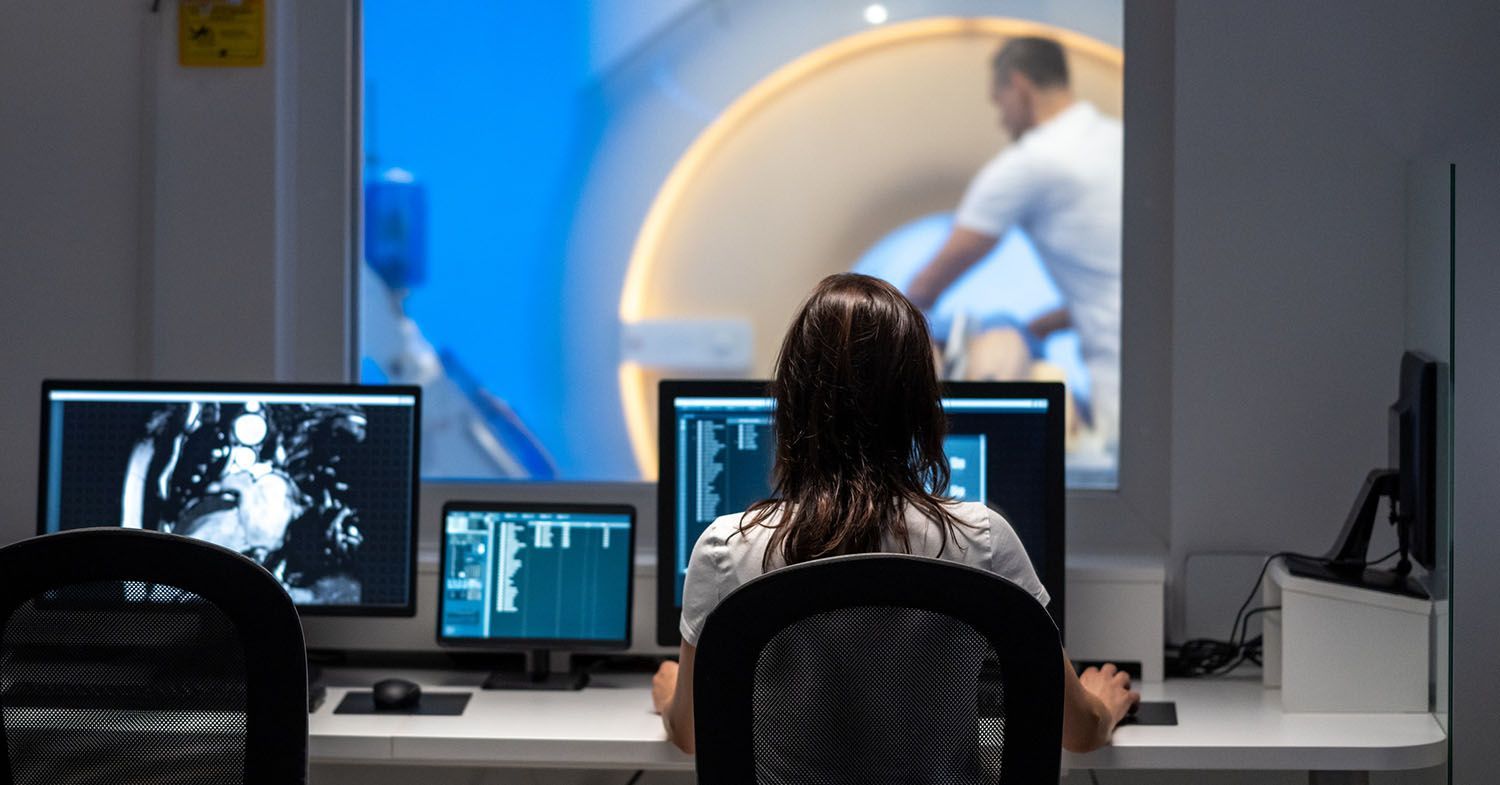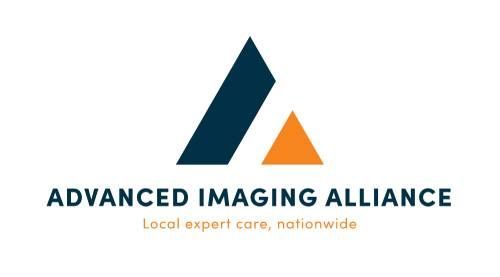Why Annual Screenings Are Important: Preventative Health Through Imaging

Almost all health conditions and diseases are easiest to treat when they are in their earliest stages of development. Treating conditions early also leads to better results in people who have breast cancer, osteoporosis, heart disease, or a number of other serious diseases.
Understanding Routine Health Screenings
Health screenings are important to your overall health. In fact, they may even save your life.
Definition and Purpose
Routine health screenings focus on identifying specific health conditions, such as breast cancer, heart disease, and weakening of the bones (osteoporosis). These health screenings are especially helpful at detecting diseases early, before they cause signs or symptoms.
Importance of Preventive Health
The old adage, “an ounce of prevention is worth a pound of cure” is true – detecting and addressing certain health issues early can prevent them from getting worse. In other words, preventive health through health screening can save lives.
Types of Screening Modalities
Preventive health screenings typically involve the use of diagnostic imaging, such as CT scans, MRIs, and mammograms.
Low-Dose CT Scans for Annual Screenings
A CT scan uses an x-ray and computer to create 3D images of internal organs. Like standard x-rays, a CT scan uses ionizing radiation to create the images, and this radiation can cause health issues. Annual screenings use low-dose scans, which emit lower doses of radiation.
Doctors use low-dose CT scans to screen for heart problems, lung cancer, and other health issues.
MRI and Its Uses
Magnetic resonance imaging (MRI) uses powerful magnets and computers to create images of soft tissues. Tumors and inflammation cause excess fluid; because MRI is good at detecting this fluid, it is an exceptional test for detecting:
- Cysts
- Joint abnormalities
- Liver problems
- Brain or spinal cord issues
- Fibroids, endometriosis, and uterine abnormalities
Mammograms for Breast Cancer
Mammograms can detect breast cancer before the patient or their doctor can feel the tumor. Apart from skin cancer, breast cancer is the most common type of cancer worldwide, accounting for 30 percent of all newly diagnosed cancers. Since 1990, mammograms have saved somewhere between 384,000 and 614,500 lives.
Other Screening Options: DEXA, Ultrasound, and More
Physicians may recommend other types of imaging to screen for health issues. These screenings may include:
- DEXA – screens for osteoporosis
- Ultrasound – this test uses sound waves to detect problems in the circulatory system, such as aneurysms, blood clots, and peripheral artery disease
Diagnostic vs. Routine Assessments
Imaging can be used for both diagnostic and routine assessments. In other words, the two use MRIs and other types of imaging equipment to create images inside the human body. Both are used by clinicians to help improve the health of their patients.
Key Differences Between Diagnostic and Preventive Imaging
While diagnostic and routine assessments have a lot in common, they have different purposes.
- Diagnostic imaging is to diagnose the cause of a patient’s fever, pain, or other signs or symptoms
- Preventive imaging, also known as routine assessments or screening tests, is to detect certain diseases before the patient has signs or symptoms
When a Routine Exam Becomes Diagnostic
A routine exam can become a diagnostic exam when the imaging shows something abnormal or when the patient has new symptoms.
Diseases Detected by Imaging Screenings
Preventive health screenings detect a number of diseases that affect nearly every organ in the body.
Cancer Detection (Breast, Lung, Colon)
Routine screening can help detect cancer in its earliest stages, before it spreads to other parts of the body. Testing modalities include:
- Mammography for breast cancer
- Low-dose CT scans for lung cancer
- Virtual colonoscopy or CT colonoscopy that tests for colon and colorectal cancer
Cardiovascular Conditions
Imaging can help doctors detect diseases of the heart and blood vessels, also known as cardiovascular conditions. Calcium Cardiac Scores use CT scans to identify calcium plaques in the coronary arteries serving the heart, for example, and this can help a doctor calculate a patient’s risk for a heart attack or other cardiovascular problems. An ultrasound can help practitioners detect aortic aneurysms, which are bulges in the coronary artery walls.
Monitoring Chronic Illnesses, Such As Osteoporosis
Some screening tests can help doctors monitor chronic illnesses to prevent serious health emergencies in the future. Osteoporosis is a chronic condition characterized by weak bones; having osteoporosis increases the risk of broken bones. Osteopenia is an early form of osteoporosis – monitoring osteopenia and osteoporosis can help detect weakening in bones and reduce serious bone fractures.
Guidelines for Health Screenings
The U.S. Preventive Services Task Force (USPSTF) provides guidelines on health screenings to help patients know which screening tests may benefit them, and when to get these screenings.
Recommended Screening Timelines
Colorectal cancer
- Adults ages 50 to 75
- Screen every 5 years with CT colonography or flexible sigmoidoscopy
Breast cancer
- Women aged 40 to 74
- Screen biannually (every 2 years) with mammography
Lung cancer
- Adults who have smoked a 20 pack-year (amounting to a pack a day for at least 20 years or two packs a day for 10 years or more) and who are currently smoking, or who have quit smoking in the past 15 years
- Screen with low-dose CT scan
- Annual screening for adults aged 50 to 80; screening should stop after the patient has not smoked for 15 years, or has developed a life-shortening illness, or lacks the ability or willingness to undergo curative lung surgery
Osteoporosis
- Post-menopausal women under the age of 65 who have one or more risk factors for bone fractures
- Frequency of scans depends on the patient’s risk factors and the results of the previous scan, but are generally done every two years
Personalized Screening Schedules
While the USPSTF uses research to form their general screening guidelines, they also recognize that every person has unique needs when it comes to preventive health. Certain factors increase the risk that someone might develop a disease – people at high risk would benefit from having the screening more often, while those at average risk can follow the USPSTF’s suggestions.
Factors shaping personalized screening schedules include:
- Personal history of a condition
- Age, sex, race, screening history
- Family health history
- Genetic predisposition
- Personal history of smoking, alcohol consumption or other lifestyle factors
- Breast density
- Exposure to known cancer-causing agents
The Influence of Family Health History
Family health history is an important factor in determining someone’s risk of developing certain diseases. In fact, a family’s health history is one of the strongest influencers on whether a person develops heart disease, diabetes, stroke, or cancer. While nobody can change their family history, they can be proactive about monitoring their health through screening.
Frequently Asked Questions About Annual Imaging Screenings
What’s the difference between diagnostic and screening imaging?
Screening imaging is used to check for signs of disease before symptoms appear. It’s typically done routinely to monitor health and catch problems early. Diagnostic imaging, on the other hand, is used when someone has symptoms. It helps doctors understand what might be causing those symptoms and determine the right course of treatment.
Are these annual screenings really necessary if I feel fine?
Yes. Many serious conditions—including cancers, heart disease, and osteoporosis—develop quietly without obvious symptoms. By the time signs appear, the disease may be harder to treat. Annual screenings help detect issues early, when treatment is often more effective and less invasive.
Are preventative screenings covered by insurance?
In many cases, yes. Most health insurance plans cover recommended preventive screenings, especially those included in guidelines from the U.S. Preventive Services Task Force. Coverage can vary, though, depending on your plan, age, and risk factors. It’s a good idea to check with your insurance provider before scheduling any screening.
How safe are routine imaging tests in terms of radiation?
Most imaging screenings, such as mammograms and low-dose CT scans, use very small amounts of radiation. These doses are carefully controlled to keep exposure as low as possible while still producing clear, useful images. In many cases—especially with MRI and ultrasound—no radiation is used at all. If you have concerns, speak with your provider about the risks and benefits for your specific situation.
For more information about the importance of annual screenings, consult with NVRA. As your trusted leader in affordable diagnostic imaging, our mission is to deliver accessible, high-quality screening to help you detect certain health conditions in their early stages. Contact NVRA for more information.





